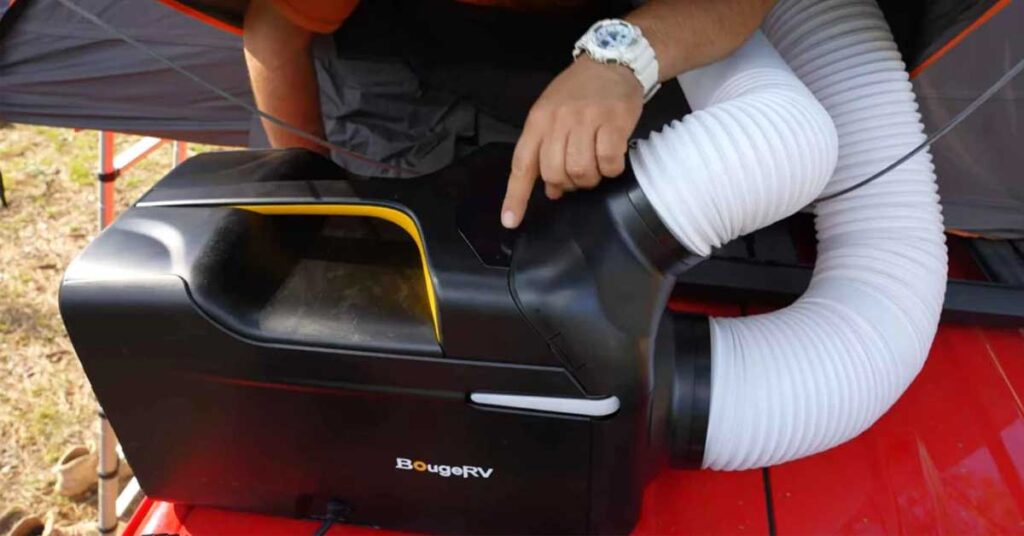ⓘ Featured image credits: Photo by Valeria Boltneva from Pexels
The kidneys play a vital role in your dog’s health. They are responsible for removing waste products from the blood, producing hormones that aid in red cell production, keeping water levels balanced, and they play a role in regulating blood pressure.
If your dog has been diagnosed with chronic kidney disease, it’s essential to keep a close eye on them and take them for regular check-ups at the vet’s office to ensure that they stay healthy for as long as possible.
ⓘ Disclaimer: The following article is for knowledge purposes only. You must consult and talk to a pet care provider in the first place.
What is chronic kidney disease?
Dogs can be afflicted with two kinds of kidney disease, acute and chronic. Acute kidney disease usually occurs due to an injury, from ingesting something toxic or from contact with bacteria.
Acute kidney disease usually progresses quickly and requires immediate attention from a vet, as it can be fatal.
Chronic kidney disease is a little different because it progresses more slowly but is present for a long time. It generally presents in older animals, although it can occur at any age. Chronic kidney disease presents in four stages, based on how severely it is impacting kidney function.
Things to look out for
If you have a dog with chronic kidney disease, it’s essential to attend regular appointments with your vet so that they can run tests to ascertain what stage the illness has got to. It’s also crucial to keep an eye out for signs that the disease is impacting kidney function:
- Increased thirst and urination
- Lethargy
- Vomiting
- Diarrhoea
- Lack of appetite
- Weight loss
- Dehydration
Another sign of impaired kidney function is pale gums. Pale gums may indicate that your dog has developed anaemia as a result of their kidney problem. Other signs of anaemia in dogs are lethargy, decreased appetite, weakness, and laboured breathing.
The kidneys are an essential part of red blood cell production, so dogs with chronic kidney disease can sometimes develop anaemia.
If your dog starts presenting any of these symptoms, it’s essential to contact your vet for a diagnosis. Early contact with your vet is important because treatment options are available for anaemia that can improve your dog’s quality of life. This article tells you all you need to know about anaemia in dogs if you would like to learn more.
The role of diet
Dogs with a diagnosis of chronic kidney disease can have an excellent quality of life for a long time after their diagnosis, provided that they are given the proper care.
It’s essential to keep exercising your dog regularly to ensure that they maintain a healthy weight, and of course, for their overall wellbeing.
You will probably also need to review your dog’s diet. There are specially formulated foods available for dogs who have kidney disease that are designed to restrict phosphorus, phosphate, and acid load. They may also limit protein. When it comes to treats, it’s also a good idea to understand which foods dogs can and can’t eat too.
By feeding your dog a specially formulated diet, you are reducing the load on the kidneys and helping your dog maintain a healthy balance which will help keep them happier and healthier for longer.
ⓘ LAFFAZ is not responsible for the content of external sites. Users are required to read and abide by our Terms & Conditions.









